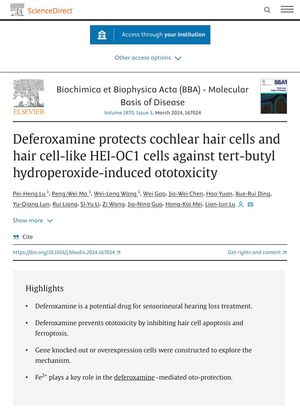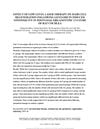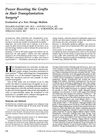Deferoxamine Protects Cochlear Hair Cells Against Tert-Butyl Hydroperoxide-Induced Ototoxicity
March 2024
in “
Biochimica et biophysica acta. Molecular basis of disease
”

TLDR Deferoxamine may help protect inner ear cells from damage caused by oxidative stress.
The study investigates the protective effects of Deferoxamine (DFOM) on cochlear hair cells and hair cell-like HEI-OC1 cells against tert-butyl hydroperoxide (t-BHP)-induced ototoxicity. The researchers used t-BHP to induce oxidative stress damage in HEI-OC1 cells and in an in vitro cochlear explant model. They found that DFOM significantly reduced t-BHP-induced hair cell loss and disordered hair cell arrangement in cochlear explants as well as HEI-OC1 cell death, including via apoptosis and ferroptosis. The protective effect of DFOM was found to be mainly due to its ability to chelate iron and scavenge reactive oxygen species (ROS). The study suggests that DFOM could be a potential drug for sensorineural hearing loss treatment due to its ability to inhibit apoptosis and ferroptosis by chelating iron and scavenging ROS.

